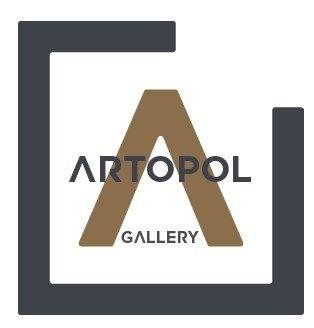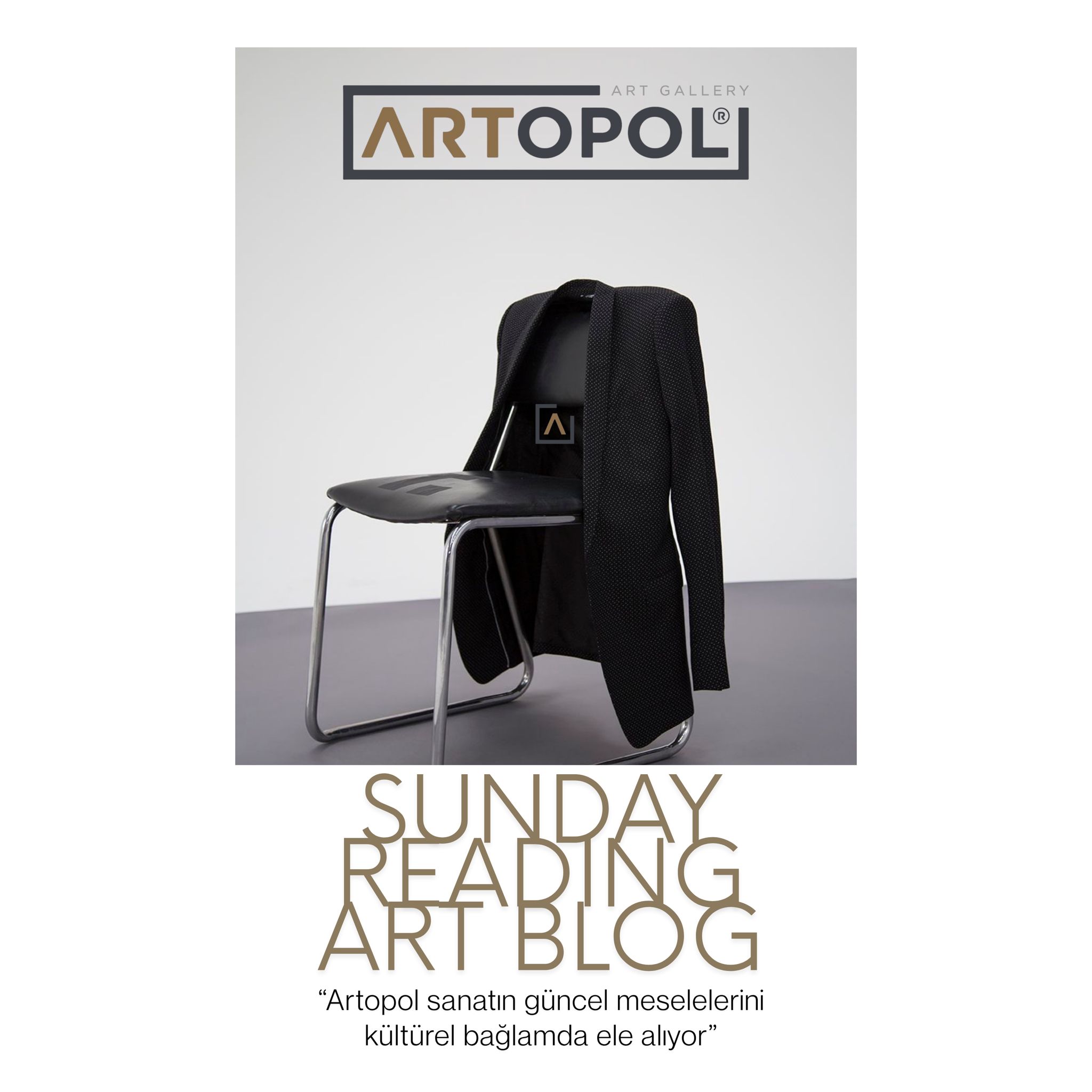Like all other art forms, painting has a system of categories. One example of this can be seen in thematic categories. Throughout history, many artists have created works influenced by the traditional cultural elements of various countries. It does not matter whether these people are American, German, Native American, Northern, Eastern, or Western. What matters is that people share the same hope, pain, joy, and fear for their cultural existence. Themes are a reflection of this emotional complexity and cultural environment in the art of painting. It is less likely to see the same theme in a culture untouched by technology and in one surrounded by it. In summary, themes actually symbolize societies. If artists from different cultures create works on the same theme and viewers can immediately recognize the similarities between them, this is an indication of the similarities between those societies. After examining our article where we explore these themes in painting art in detail and present examples, you will gain a broad understanding of the subject.
Figurative
Figurative art, or Figuratism, is the creation of artworks through the depiction of objects found in nature. It is the opposite of abstract art, which portrays abstract objects. Figurative-themed paintings include works created with these characteristics. In figurative art, human and animal figures are commonly seen. Although the human figure is frequently used, figure painting (depicting the human figure) and figurative theme do not mean the same thing.
Hyperrealist
Photo Realism, also known as Hyperrealism, is a movement that originated in America in the 1960s. It is also referred to as Superrealism or Sharp Focus Realism. This movement is called photorealism because artists reproduce the photograph they are working from on the surface of the canvas without making any changes or adding personal interpretation. In photorealistic works, although there may be differences in theme, technique, and application, artists have been interested in industry, capitalism, consumer culture, and symbolic objects in their surroundings. Photorealist artists, who simply transfer a photographic image onto the canvas and are not concerned with the essence of the object, differ from realist artists who attempt to depict life as it is.
The first examples of photorealism were presented to the public in galleries in 1969. In 1970, alongside the exhibition at the Whitney Museum of American Art in New York, artists who created works influenced by photorealism were also showcased. Following exhibitions held in the United States, the photorealism movement gained recognition and became widespread from the 1970s onwards.
Photorealism is considered a reaction to minimalist art and can be described as the rebirth of Pop Art, which lost its influence in the late 1960s but continued through the individual efforts of some artists. The fact that photorealism and Pop Art both use photographs, advertising posters, and popular culture objects and environments of the era shows their shared characteristics.
Still Life
The term “Still Life” refers to the stillness and immobility found in nature. The depiction of this stillness in painting gave rise to the still life theme. In still life paintings, images of fallen or picked fruits and vegetables, dead birds, fish, and ordinary everyday objects are used.
Subjects of still life paintings include plucked flowers, fruits, game animals, vases, and books—items that can represent immobility. Still life has been a genre of painting since ancient times, but during the Middle Ages, it was used for religious purposes. Secular and true still life began to emerge in the 14th century and reached its peak in the 17th century.
Many painters such as Rembrandt, Caravaggio, and Velázquez created still life paintings. The greatest still life painter of the 18th century was Chardin. Although the Neoclassicists despised this genre, the Romantics revived it. Still life paintings have played an important role in contemporary art. Artists such as Gauguin, Cézanne, the Cubists, and Surrealists like Salvador Dalí have all produced works in this area.
Landscape
Landscape painting depicts natural sceneries such as mountains, plains, trees, forests, and wetlands. In other words, the naturalness and sense of tranquility in these scenes are the core elements of landscape art. The sky is an indispensable component of a landscape painting. Landscape as a subject first appeared in European painting in the early 15th century, particularly in religious contexts, and for centuries remained a favored subject among artists. In traditional Chinese landscape painting, which values purity, a small human figure is included—not as the main subject, but as an observation point inviting the viewer into the experience. Artists continue to create works with the landscape theme to this day.
Pop Art
Pop Art is a movement that emerged in the 1950s, particularly in the United States and the United Kingdom, as a reaction by young artists against Abstract Expressionism, and it became a full-fledged movement in the 1960s. It developed independently under different circumstances in the UK and the US. Marcel Duchamp’s use of ready-made objects as artworks in the early 20th century inspired popular artists to present popular culture imagery using similar motifs.
Pop Miniature
Miniatures are small-scale paintings created with unique painting techniques and expressive language, executed with great precision. In common usage, miniatures refer to book illustrations that visually complement handwritten texts by clarifying the content within. To visualize the events covered by the theme, the artist must depict them in the form of figures arranged in a non-overlapping manner. Since the late 19th century, this art form has been referred to as “miniature” in Turkish. Throughout history, examples of miniature art have appeared on a wide range of materials and objects such as canvas, leather, walls, polished paper, ceramics, bone, wooden boxes, kitchen utensils, and silk, sometimes even on monumental scales. Today, while miniature art has given way to contemporary painting, it continues to exist as a traditional art form.
Portrait
A portrait is an artwork that represents a person’s face through mediums such as painting, photography, or sculpture. The aim of these works is to reflect a person’s appearance, character, and emotional state. In portraits, the subject looks toward the painter or photographer, allowing their image to be presented in the most engaging way possible.
Abstract
In abstract painting, the artist chooses not to depict real objects found in nature. What matters most in this genre is the artist’s ability to express their own emotions and thoughts. At the beginning of art history, artists first studied nature and then interpreted it through their own abstract representations. There is no resemblance between the abstract painting created by the artist and the nature observed. When discussing abstract art, we can confidently say that it is a “photograph of the artist’s inner world.” The main representatives of abstract painting are:
- Robert Delaunay
- Wassily Kandinsky
- Kazimir Malevich
- Vladimir Tatlin
Surrealist
Surrealism consists of artworks created by imaginative artists who use unreal elements and ideas that do not exist in reality. In these works, artists reflect their thoughts, emotions, and ideas. They respond to their surroundings through this form of artistic expression. The purpose of Surrealism is to present the artist’s imagination to viewers and thereby encourage learning through art. Some people view Surrealism as absurd or nonsensical, but this is a misconception. Realism teaches what exists and depicts reality, while the only difference in Surrealism is that the expression of art occurs through elements that are not real.



